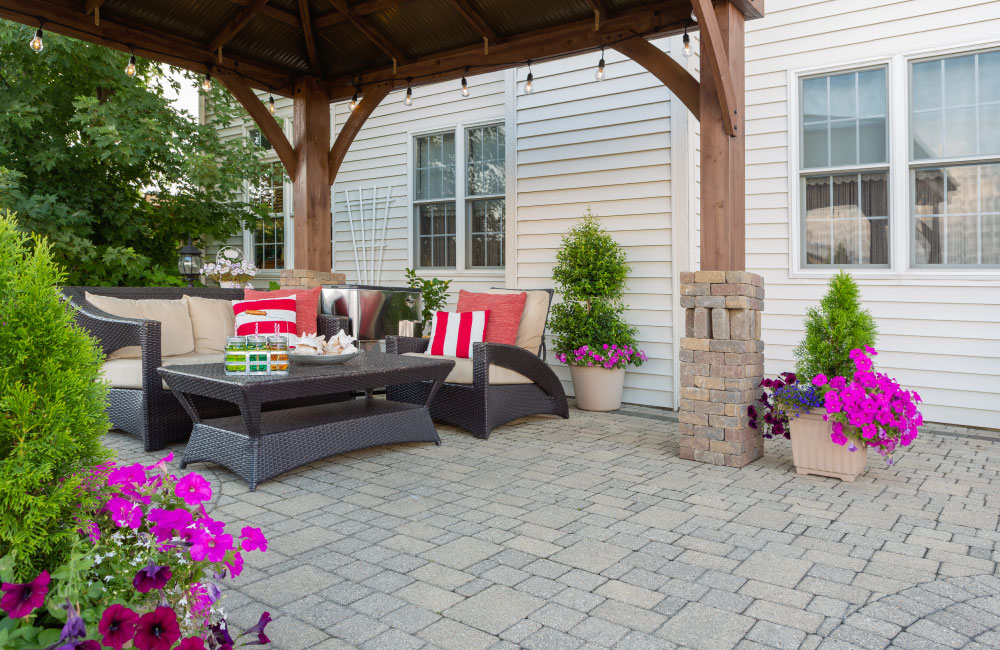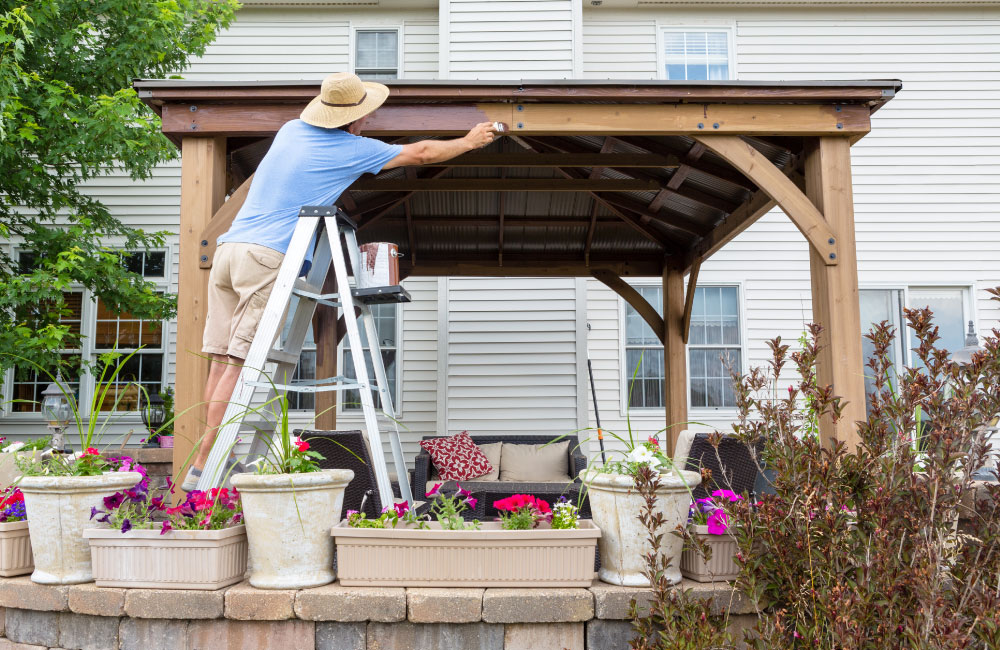
Wherever you put a gazebo, it becomes like a place to be. It transforms into a hangout, play, work, or party area. However, a gazebo can’t be useful longer if it can only withstand heat and rain. To make it more enjoyable, you need to secure it against elements especially from windstorms.
Gazebo versus the wind
In normal circumstances, it’s fun to relax under a gazebo when the weather is fine. But this doesn’t mean that you can just abandon it when the weather is bad. Sometimes terrible weather is unpredictable and damages a gazebo. A regular one can roughly withstand wind with a speed of 50 kilometers per hour. So, if it’s like a box on top of a surface, a mighty hurricane can damage it.
Remember that if it is weak, it is also prone to be a liability. You may need to make an occasional repair or rebuilding. Or worse, someone may sustain an injury because it falls.
There are different ways to secure temporary or permanent gazebo. Some are easy and quick if you have little or no time to do it, while the others make it sturdy enough.

Ways to secure it from against wind
While some gazebo kits come with fixing materials, it is always safer to add extra grips for your outbuilding. The following is the recommended ways to secure and strengthen your gazebo:
Anchoring. If you are in a place where normally experiencing windstorms, the best option is to anchor your gazebo to the ground. This is also a requirement for a permanent gazebo depending on your zoning district and local building codes.
Anchoring a gazebo is doable especially since most prefabricated gazebos have pre-drilled holes in their base poles or rails. So, you may just have to drill holes and anchor your gazebo to its ground. This is ideal if the ground is concrete or asphalt. Any of these can give a great hold for the structure when there is a hurricane or blizzard. Another recommended step is to bury the leg of the gazebo into the ground with cement.
Attachment. If your gazebo is for temporary use, you are too busy to anchor, or you don’t have resources yet; then attach it to a durable thing. It can be trees, old vehicles, or a building that can add weight or hold it down. For this, use a strap to tie down your gazebo.
Weight. For the tent-like and lightweight gazebo, you may buy leg weights. There are available variants to choose from like those made of metal and plastic. Plastic leg weights need to fill with water or sand.
Add pegs. Gazebo kits include pegs, but you can always add more for extra security. Buy those that match your gazebo’s foundation and place them strategically.
If you think you can’t do any of these, seek help from a contractor or a gazebo expert. This is very important and helpful if your outbuilding is permanent and customized. Another important task is to check with your local government regarding building permits for gazebos. A skilled one can have a better idea of how to do it right and to make your gazebo durable.